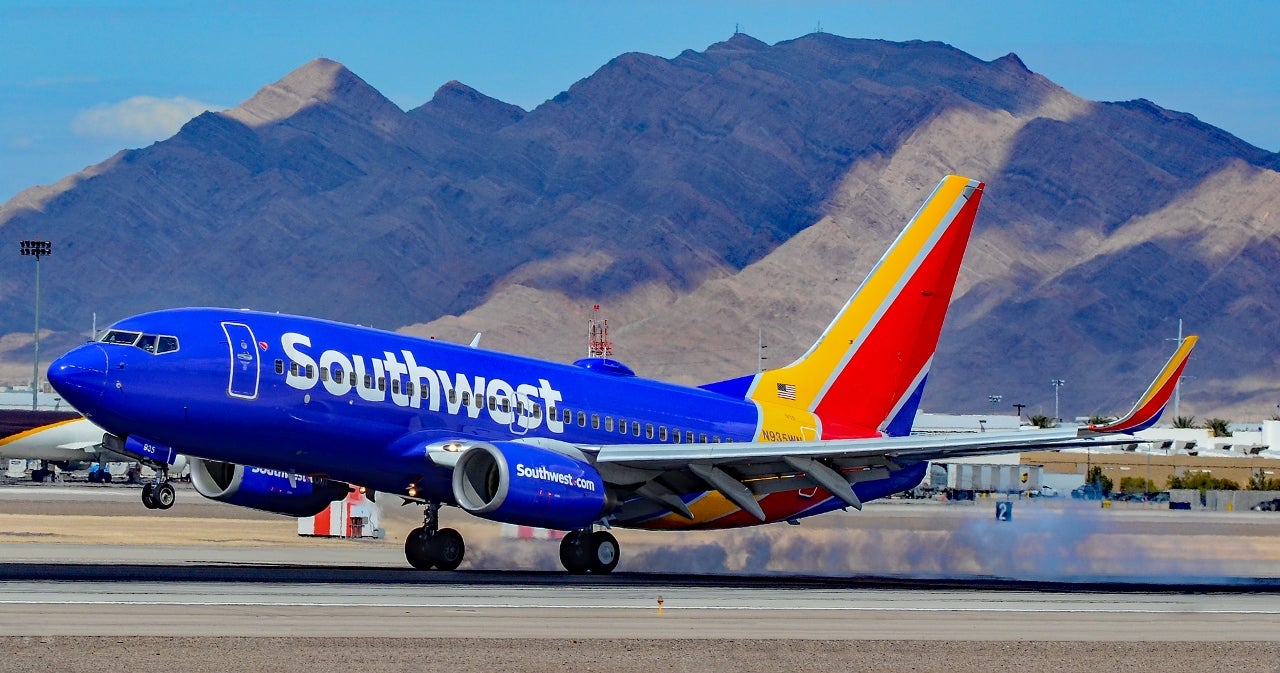

It’s also an approach that has continued to pass the expense of policy transformation on to employees.

We have continued to allow the market to sort it out, even as it becomes clearer that the market’s imperfections might prevent it from delivering a system that can satisfy all parts of the country. But as has often been the case in the years since deregulation, the changes we made to the air transit system didn’t happen after a vigorous public debate.

The losers live two hours outside of Memphis, or work entry-level jobs on the flights that would serve those communities. The winners of the trade-off are people who make frequent trips between New York and L.A. In some ways the hubbed airlines have become more like Southwest.Įssentially, we have made a consumer-welfare trade-off, swapping a more comprehensive system with somewhat higher fares for a more limited one that can deliver the best value on the country’s most popular flights. This means airlines don’t need to reach as deep into the country to fill a large plane that’s bound for Paris or New York. As the airlines consolidated, more traffic is being handled by the largest hubs. Consolidation has also made it less essential for the hubbed airlines to worry about smaller markets. The airlines could try to charge more money to the passengers flying from smaller airports, but that has its own drawback-at some point those passengers will opt to begin their trip by driving to a larger city. The pilot shortage is the limit of that strategy-pay got too low, so people stopped wanting to do the job. That competitive pressure motivated the hubbed carriers to use outsourcing and the market power they acquired from consolidation to continue pushing regional wages down, even while they earned huge profits. In short, the point-to-point business model was compromising the sustainability of the network model. To promote the expansion of what became known as the “Southwest effect,” the government helped ensure that low-cost airlines were getting opportunities to service major airports.Īs more low-cost airlines began competing on the lucrative routes between major cities, it was harder for the hubbed operators to charge the premium they required to recoup their higher operating costs. But in the mid-’90s government regulators began to regard Southwest as a positive competitive influence on the hubbed airlines-whenever Southwest managed to enter a new market, fares fell. In the first two decades after deregulation, there was enough competition and industry turmoil to inhibit the expansion of low-cost airlines like Southwest. Through the cross-subsidization of routes, consumers paid a premium to access a comprehensive network that could get them from Bemidji to Bamako. Hub operators-these days Delta, United, and American-have historically recouped these costs by operating as “everywhere to anywhere” airlines. By comparison, operating hubs is considerably more expensive and complex. They operate as point-to-point operations, mostly flying lucrative routes between major cities, and only as often as they can fill an airplane.

Southwest and other low-cost airlines have famously scorned hubs.


 0 kommentar(er)
0 kommentar(er)
